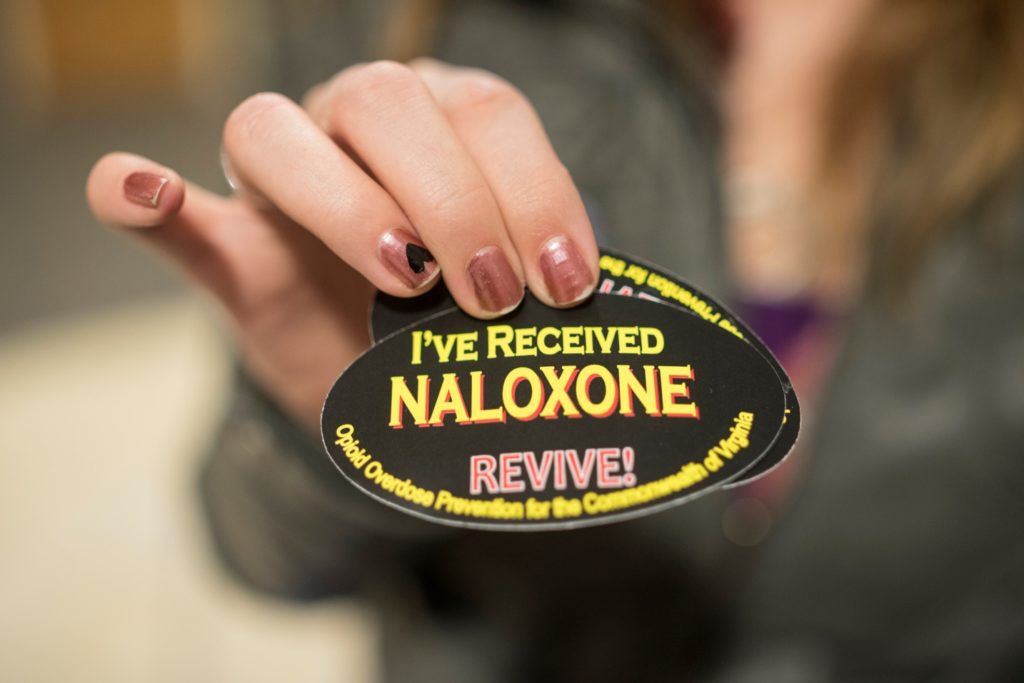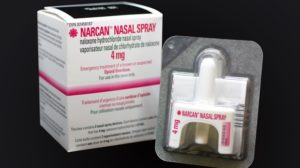
Dr. Mark Gold's Research You Can Use
Opioid agonists like buprenorphine/naloxone have proven to be highly effective, evidence-based treatments for treating opioid use disorders. Yet, these are sometimes diverted for non-medical use, indicating a significant shortage in treatment capacity and inaccessibility of existing services. This was found in a recent study aimed at answering the raising questions about the changing role of diverted medication in influencing overdose risk.
The diversion, misuse and non-medical use of buprenorphine/naloxone by opioid users is a complex medical and social issue contributing to excessive mortality, morbidity, disability, and economic costs. A significant body of research highlights the purposes of self-initiated treatment of an opioid use disorder or to treat symptoms of opioid withdrawals to be an overwhelming cause of buprenorphine/naloxone diversion. This trend was particularly noticeable in Rhode Island in 2009 when a study found that 84 percent of opioid injectors reported diverting buprenorphine/naloxone use for self-treatment purposes.
Since 2009, Rhode Island’s illicit opioid market has undergone much change, most notably the introduction of synthetic opioids such as fentanyl. Concurrent with this, there have also been noticeable changes in drug use behaviors. Known for being many times stronger than morphine, the prevalence of fentanyl-contaminated opioid products holds significant implications for noticeable changes in drug use behaviors and for the pharmacological treatment of opioid use disorder.
The study of Naloxone Diversion
This study assessed the data collected in the above-mentioned studies of Rhode Island in 2009 and 2016 and compared the data findings from another study conducted in a similarly recruited population by Bazazi et al. in 2009, depicting a changing pattern of illicit diversion of this medication since the introduction of fentanyl into the local drug market.
Through target sampling, individuals who used opioids completed a brief questionnaire regarding their drug use, overdose, medication diversion, naloxone access, and health care access. For the 2016 study, logistic regression was utilized to identify links with recent and lifetime use of diverted medicine.
 A total of 128 participants were recruited who were adult residents of Rhode Island and had reported recent non-medical opioid use.
A total of 128 participants were recruited who were adult residents of Rhode Island and had reported recent non-medical opioid use.
The most commonly used drug within this sample population was found to be heroin, as 71 percent of the participants reported using it weekly.
Heroin was followed by prescription opioids at 38 percent and cocaine at 34 percent. Majority of the patients, 58 percent, reported some type of non-medical opioid use at least five days every week.
Participants in the 2016 study reported similar rates of both lifetime and recent use of diverted buprenorphine/naloxone to those who participated in the 2009 study: 73 percent versus 76 percent reported lifetime use, respectively, and 38 percent versus 41 percent reported recent use, respectively.
There wasn’t much difference noticed between the methods of acquiring buprenorphine/naloxone by the two groups. Compared to the 29 percent in the 2009 study, 39 percent of participants reported acquiring the diverted medication from friends. Other common sources identified included acquaintances (26 percent) and regular dealers (17 percent).
However, variations were found between the rates of reported motivations for using diverted buprenorphine/naloxone between the two studies. The most commonly reported motivation for the use of diverted medication was for the management of withdrawal symptoms, as reported by 40 percent of the members in 2016 and 74 percent from the 2009 study.
Self-treatment of opioid use disorder was declared as motivation by 39 percent in 2016 versus 74 percent in 2009. Based upon these variations in proportions, it could be concluded that the members from the 2016 cohort appeared to use diverted buprenorphine/naloxone for the purposes of ‘getting high’ less often at 12 percent than the 2009 cohort at 47 percent.
Participants from both the studies reported similar lifetime barriers to buprenorphine-based treatments. Fifty-one percent reported the inability to locate a provider who did not have a waitlist for such care compared to 49 percent in 2009. Furthermore, 23 percent reported the cost of treatment and another 23 percent reported the lack of insurance coverage for buprenorphine-based treatment as significant barriers to care, compared to 49 percent who reported treatment-associated costs as a barrier to care in 2009.
Why is this important?
The easily drawn conclusion from this study is the bleak fact that the use of diverted buprenorphine/naloxone still remained common among people who use opioids non-medically and a shortage of treatment capacity and inaccessibility of existing care remained constant. The results from the 2016 study are particularly distressing when pharmacotherapies for opioid use disorder have been celebrated as a significant milestone against the raging opioid overdose epidemic in the United States.
 Common causes of disparities in accessibility to buprenorphine/naloxone treatment in the United States include a shortage of prescribers, systemic financial and institutional barriers and widespread concerns regarding medication diversion.
Common causes of disparities in accessibility to buprenorphine/naloxone treatment in the United States include a shortage of prescribers, systemic financial and institutional barriers and widespread concerns regarding medication diversion.
The stigma against the utilization of medications in the treatment of opioid use disorder still remains significant within large portions of the addiction medicine community. This is evident through the rampant abstinence-only treatment programs, children being taken away by social services from parents using medications and refusal of judges to provide opioid-addicted patients on bond unless they stop taking their medications.
Though no single study can present a concrete conclusion, this study is yet another step toward the growing body of evidence that systematic barriers to treatment and inadequate treatment capacity are not just the biggest hurdles for opioid disorder treatment but are also responsible for fueling the black market for diverted buprenorphine/naloxone.
Given the constant barriers to buprenorphine-based treatments over the course of 7 years, it is imperative for public health and health care professionals to increase their efforts in assisting the public and policymakers to comprehend the life-saving potential of medications for the effective treatment of opioid use disorders.
References:
1. https://www.ncbi.nlm.nih.gov/pmc/articles/PMC3154701/
2. https://www.ncbi.nlm.nih.gov/pubmed/30095563
3. https://journals.lww.com/journaladdictionmedicine/Abstract/2018/12000/
The_More_Things_Change_Buprenorphine_naloxone.9.aspx
About the Author:
 Mark S. Gold, M.D. served as Professor, the Donald Dizney Eminent Scholar, Distinguished Professor and Chair of Psychiatry from 1990-2014. Dr. Gold was the first Faculty from the College of Medicine to be selected as a University-wide Distinguished Alumni Professor and served as the 17th University of Florida’s Distinguished Alumni Professor.
Mark S. Gold, M.D. served as Professor, the Donald Dizney Eminent Scholar, Distinguished Professor and Chair of Psychiatry from 1990-2014. Dr. Gold was the first Faculty from the College of Medicine to be selected as a University-wide Distinguished Alumni Professor and served as the 17th University of Florida’s Distinguished Alumni Professor.
Learn more about Mark S. Gold, MD
About the Transcript Editor:
 A journalist and social media savvy content writer with extensive research, print and on-air interview skills, Sana Ahmed has previously worked as staff writer for a renowned rehabilitation institute, a content writer for a marketing agency, an editor for a business magazine and been an on-air news broadcaster.
A journalist and social media savvy content writer with extensive research, print and on-air interview skills, Sana Ahmed has previously worked as staff writer for a renowned rehabilitation institute, a content writer for a marketing agency, an editor for a business magazine and been an on-air news broadcaster.
Sana graduated with a Bachelors in Economics and Management from London School of Economics and began a career of research and writing right after. Her recent work has largely been focused upon mental health and addiction recovery.
The opinions and views of our guest contributors are shared to provide a broad perspective of addictions. These are not necessarily the views of Addiction Hope, but an effort to offer a discussion of various issues by different concerned individuals.
We at Addiction Hope understand that addictions result from multiple physical, emotional, environmental and genetic factors. If you or a loved one are suffering from an addiction, please know that there is hope for you, and seek immediate professional help.
Published on March 6, 2019
Reviewed by Jacquelyn Ekern, MS, LPC on March 6, 2019
Published on AddictionHope.com
